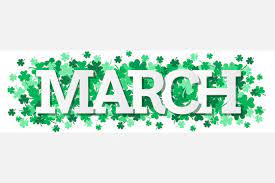
vs

Maui, being a tropical island in Hawaii, generally experiences consistent weather throughout the year. However, there can be some subtle differences between February and March.
Both February and March are part of the winter season in Hawaii. Average temperatures during these months typically range from the mid-60s to mid-70s Fahrenheit (around 18-24°C). March might see a slight increase in temperatures compared to February, but the difference is not usually significant.
Maui’s weather can be influenced by trade winds, and both February and March are considered part of the drier season. However, weather patterns can vary, and occasional rain showers are possible. March tends to be slightly drier than February, with the rainy season starting to taper off as the island transitions into spring.
February and March are part of the off-peak season for tourism on Maui, meaning there are generally fewer visitors compared to the summer months. However, keep in mind that February can be busier due to Valentine’s Day, while March might see increased visitors during spring break.
February and March are great months for whale watching in Maui. Humpback whales migrate to the warm Hawaiian waters during the winter months, and you can often spot them breaching and playing offshore. Both months offer excellent opportunities to witness these magnificent creatures, but peak whale-watching season is typically from January to March.
While there might be subtle differences in temperature, rainfall, and crowd levels between February and March on Maui, they are generally minimal. Both months provide pleasant weather and opportunities to enjoy the island’s natural beauty and outdoor activities.
